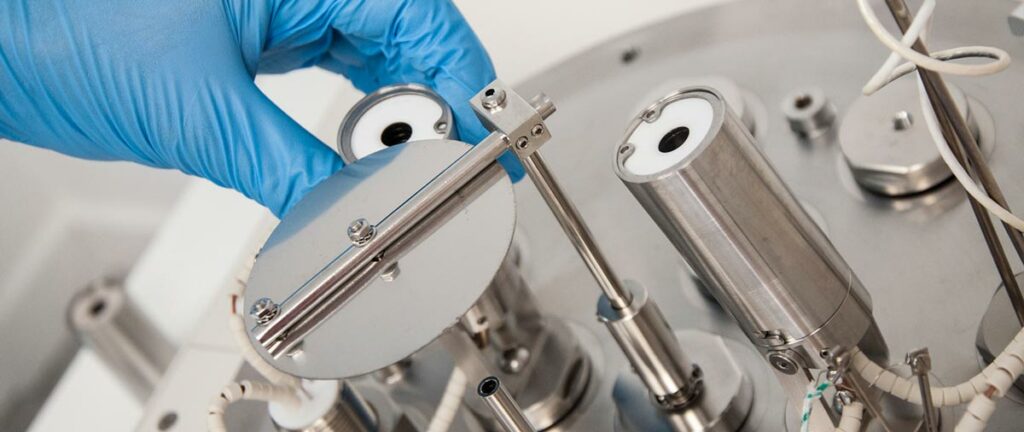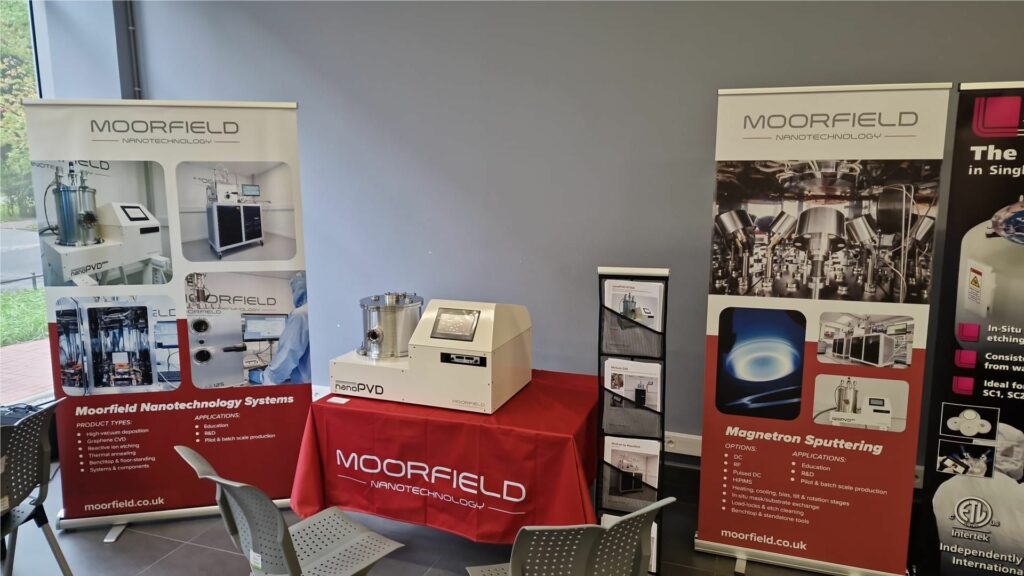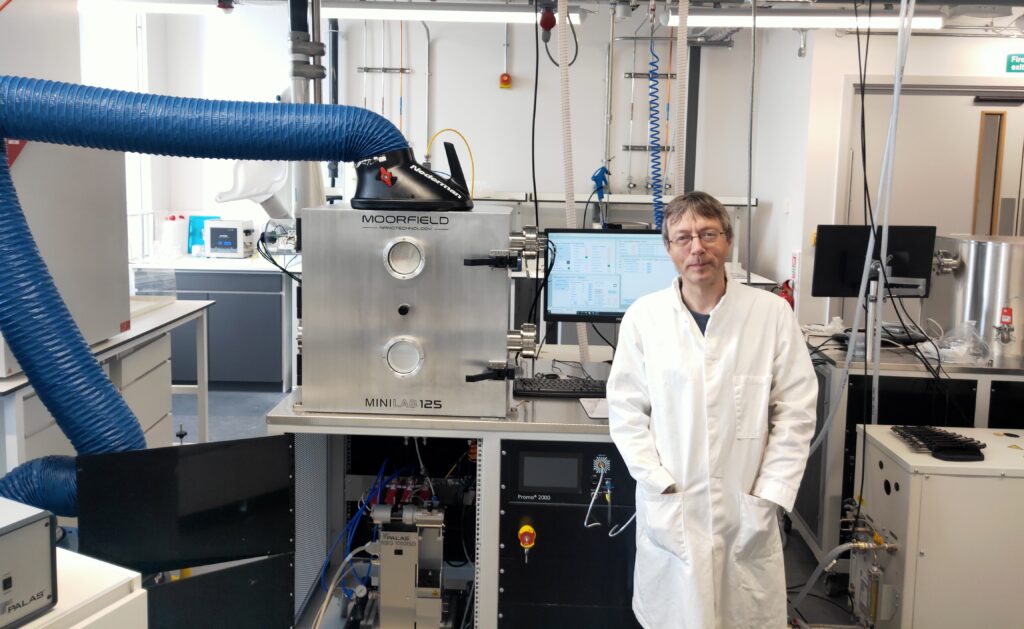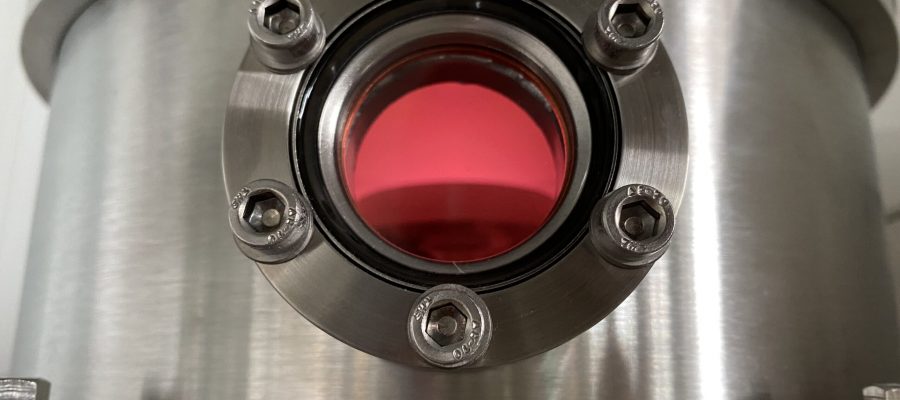The basics of Vacuum Evaporation
Low temperature evaporation is a recent development in the field of vacuum evaporation. Traditional vacuum evaporation methods work, essentially, by heating materials to high temperatures.
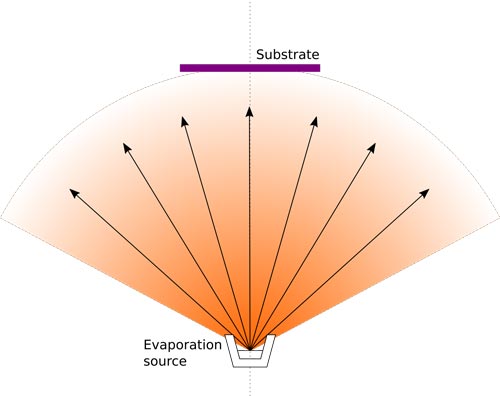
This is required for common thin-film evaporants so that they are vapourised from a source. The evaporants then move up through a process chamber to condense on a substrate. Higher source temperatures allow for the deposition of materials with higher evaporation/sublimation temperatures.
Low Temperature Evaporation
Recently, there has been a surge of interest in the use of Physical Vapour Deposition (PVD) methods for forming thin films of materials that have relatively low vapourisation temperatures (i.e., high volatility). Examples include small-molecule compounds with properties useful for organic electronics applications such as OFETs, OLEDs and OPVs.
Vaporisation of these materials usually takes place at <600 °C. This is much lower than, for example, metals used for contact electrodes. Furthermore, for organic materials, the onset of vaporisation under vacuum conditions is extremely sensitive to temperature, i.e., a small temperature increase can make the difference between a zero deposition rate and ejection from the source of the entire load!
The secret source – LTE cells
Given the above, vacuum evaporation of organic materials requires sources with a design that is very different to those seen in standard thermal evaporation. These sources, often referred to as low-temperature evaporation (LTE) cells, separate the heating element and material support to allow for fine control of material heating power. This ensures that evaporant temperatures can be varied gradually – enabling precise variation of the deposition rate.
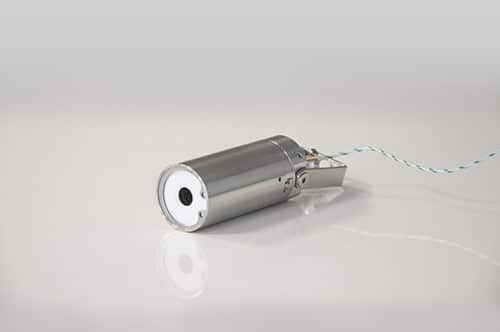
It is common to run LTE sources as part of a feedback loop based on in-situ rate and thickness measurements from a quartz crystal sensor head, as this provides for the best control performance.
Like all evaporation techniques, LTE is line-of-sight, with evaporant vapour moving in straight lines between the source and the substrate. As such, it provides highly anisotropic coating useful for, among others, lift-off applications. However, in some cases, for evaporants with very high vapour pressures, some isotropic nature may be seen due to high local pressures in the deposition plume.
Moorfield systems for low temperature evaporation
MiniLab systems
Flexible, modular PVD systems for high- quality R&D and pilot-scale production.
View systems
nanoPVD-T15A systems
A benchtop, RF and DC magnetron sputtering system for metals and insulating materials.
View system
